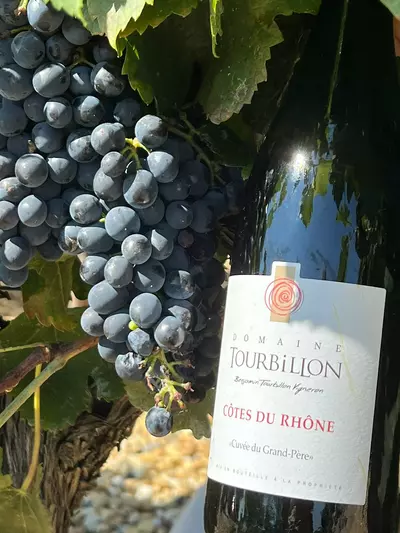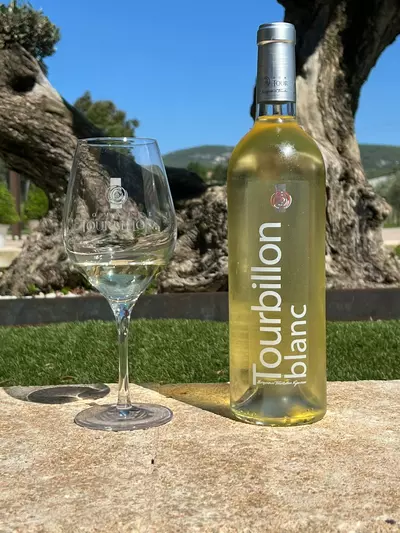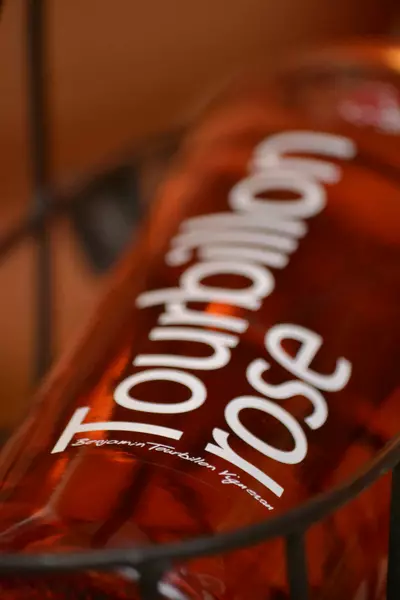The Côtes du Rhône terroir along the Ouvèze river is particularly marked by the presence of Quaternary alluvium. Deposits of sediment left behind by the river over the millennia, these soils comprise a combination of clays, sands, silts and rolled pebbles, providing the soil with geological richness and diversity.
The clays present in these alluvial deposits are able to retain water, which is beneficial to the vines, especially during the summer droughts that are common in the region. This keeps the vines well hydrated, ensuring regular, healthy grape growth. The sands, meanwhile, improve drainage and add lightness to the soil, favoring faster ripening of the grapes.
Rolled pebbles, characteristic of quaternary alluvium, regulate soil temperature. They absorb the sun's heat during the day and release it slowly at night. This continuous heat helps the grapes to ripen evenly, developing complex aromas and flavors.
In addition to the physical benefits, quaternary alluvium also brings mineral richness to the soil, enabling us to produce wines with beautiful minerality and aromatic complexity. The grape varieties grown on these soils, such as Grenache, Syrah and Mourvèdre for reds, and Roussanne, Clairette and Grenache Blanche for whites, benefit from a rich minerality.


